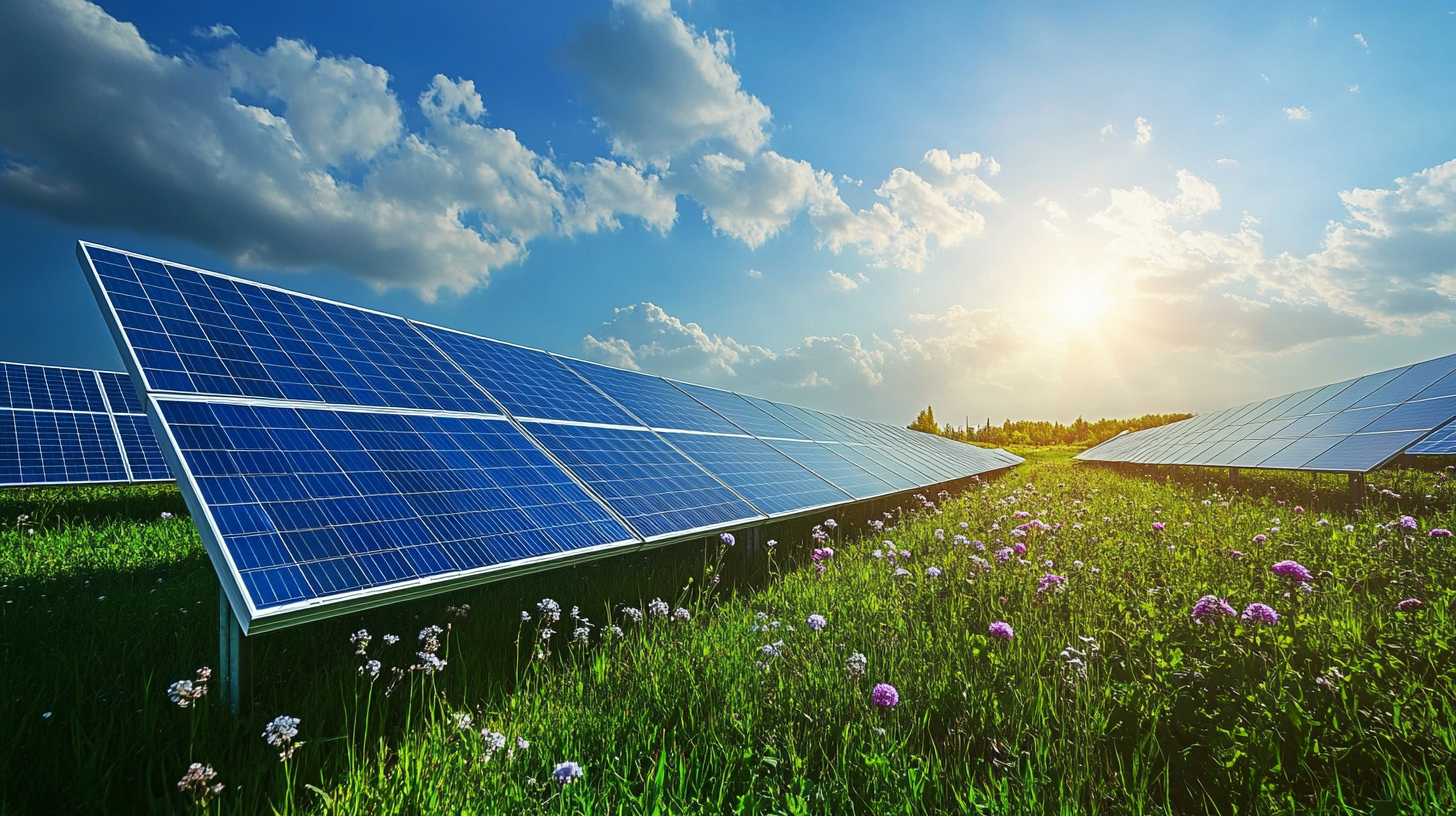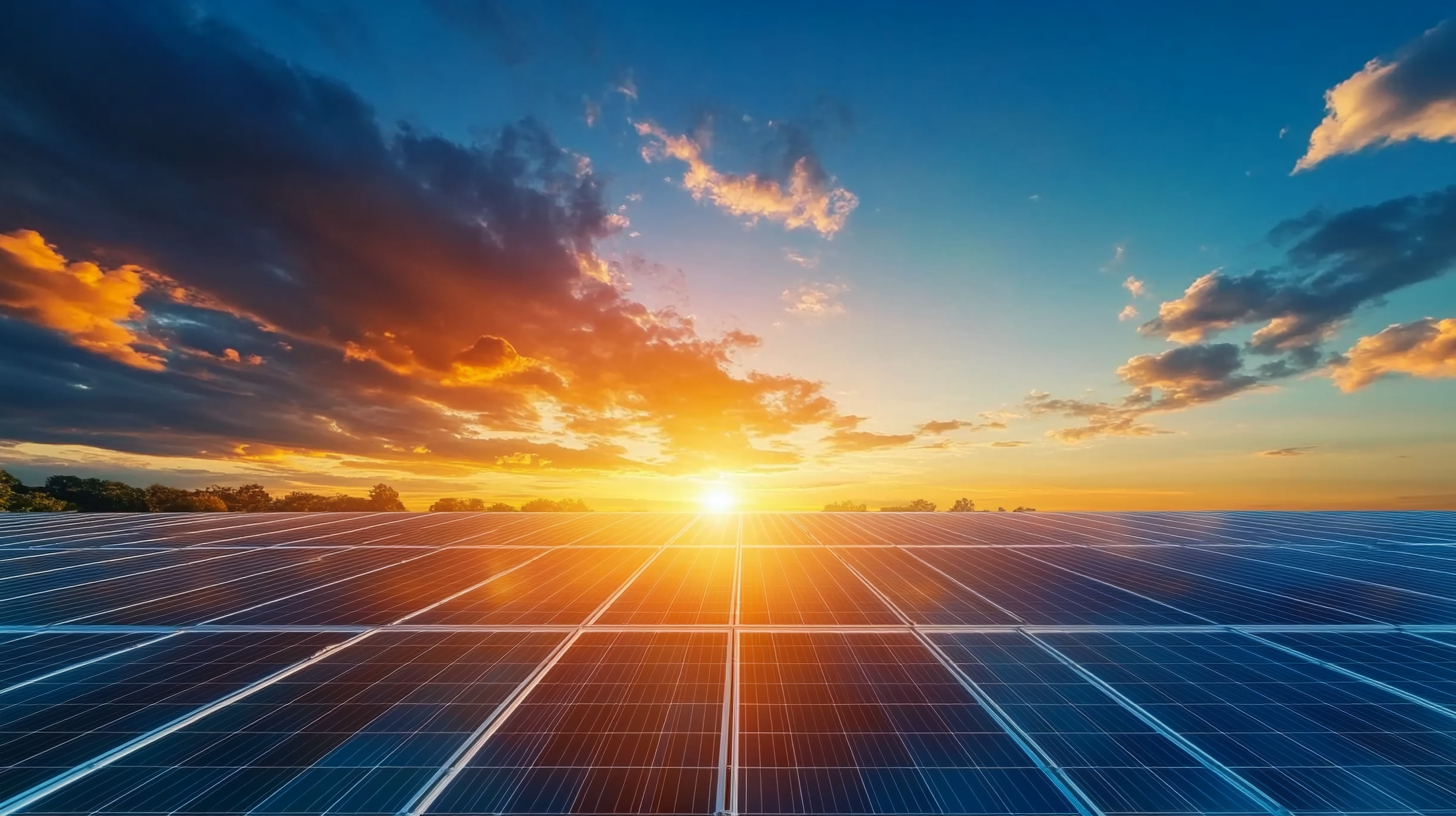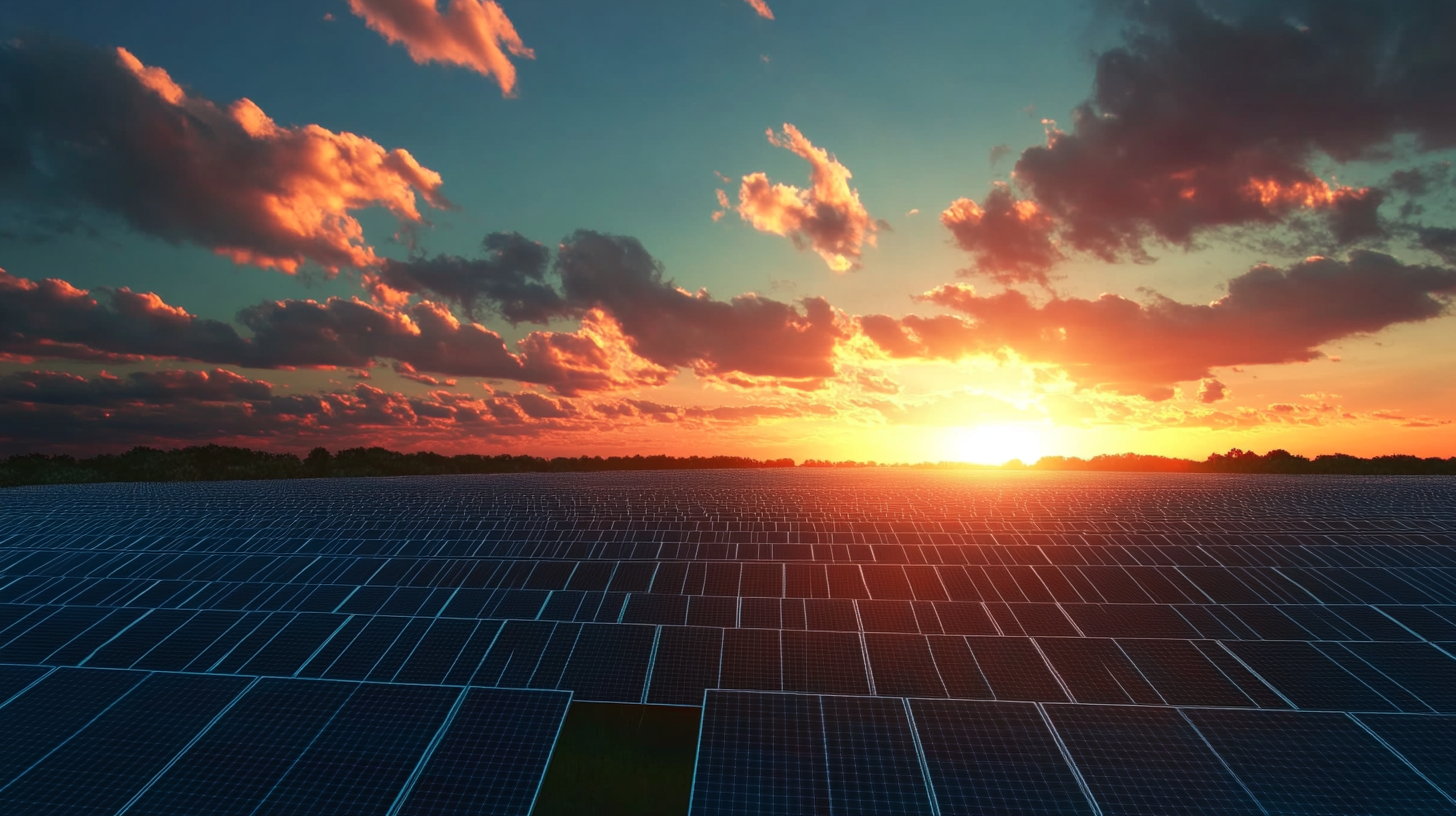Blog
- Home
- Blog
Exploring the Future of Best Power Solar Energy Trends in 2025 Beyond Solar Revolution
As we approach 2025, the landscape of Power Solar Energy is undergoing a profound transformation driven by technological advancements, policy changes, and shifting consumer behaviors. According to a recent report by the International Energy Agency (IEA), renewable energy sources are expected to account for nearly 80% of global electricity generation growth over the next decade, with solar power leading the charge. The Solar Energy Industries Association (SEIA) forecasts that the U.S. solar market will expand by over 20% annually from 2021 to 2025, indicating a robust increase in both residential and commercial solar installations.

As we explore the future trends in Power Solar Energy, it becomes evident that innovations in energy storage, smart grid technologies, and sustainable manufacturing practices will not only enhance efficiency but also significantly reduce costs. This blog will delve into these emerging trends and examine how they collectively contribute to a solar revolution that is reshaping energy consumption and production landscapes.
Emerging Solar Technologies and Their Unique Features for 2025
As we look ahead to 2025, the solar energy sector is poised for transformative advances driven by emerging technologies. One of the most promising innovations is bifacial solar panels, which allow light to be captured from both sides, increasing efficiency by up to 30% compared to traditional panels. According to a report from the International Renewable Energy Agency (IRENA), the global installed capacity of bifacial technology is expected to rise significantly, potentially accounting for over 15% of all solar installations by 2025.
Additionally, advancements in energy storage solutions, such as solid-state batteries, are set to revolutionize how solar energy is harnessed and utilized. These batteries promise higher energy densities and faster charging times, addressing one of the key challenges facing solar adoption: energy reliability. A study by Wood Mackenzie forecasts that the global energy storage market will grow fourfold by 2025, largely fueled by innovations in solar technology. Together, these developments not only enhance the efficiency and viability of solar energy but also position it as a cornerstone of a sustainable energy future.
Comparative Analysis of Solar Panel Types: Which is Best for Your Needs?
When considering the best solar panel type for your needs, it’s essential to understand the distinctions between the major options: monocrystalline, polycrystalline, and thin-film panels. Monocrystalline panels are renowned for their high efficiency and durability, typically providing the highest power output per square foot. This makes them an excellent choice for homeowners with limited roof space who prioritize efficiency and long-term investment.
On the other hand, polycrystalline panels tend to be more affordable and are made from silicon crystals melted together. While they usually boast lower efficiency compared to their monocrystalline counterparts, they perform well under varied temperature conditions and can be a cost-effective solution for larger installations where space is not a constraint. Thin-film technology, though less common, offers flexibility and lightweight options that can easily adapt to various surfaces. These panels are ideal for unique installations but often require more space to produce the same amount of energy.
Ultimately, the best choice depends on individual energy needs, budget, and installation conditions. As solar technology continues to advance, understanding these differences will help consumers make informed decisions that align with their specific requirements for energy efficiency and long-term savings.
Exploring the Future of Best Power Solar Energy Trends in 2025 Beyond Solar Revolution - Comparative Analysis of Solar Panel Types: Which is Best for Your Needs?
| Panel Type | Efficiency (%) | Cost per Watt ($) | Lifespan (Years) | Warranty (Years) |
|---|---|---|---|---|
| Monocrystalline | 20-22 | 0.80-1.00 | 25 | 25 |
| Polycrystalline | 15-20 | 0.75-0.85 | 20 | 25 |
| Thin-Film | 10-12 | 0.50-0.70 | 15 | 10-12 |
| Bifacial | 20-25 | 0.90-1.10 | 30 | 30 |
| Building-Integrated (BIPV) | 12-18 | 1.00-1.50 | 25 | 20 |
Innovative Solar Inverters: Enhancing Efficiency in Modern Systems
The evolution of solar technology is rapidly transforming the energy landscape, and one key component driving this change is the innovation in solar inverters. These devices play a crucial role in converting direct current (DC) from solar panels into alternating current (AC) for household use. As we look ahead to 2025 and beyond, the integration of advanced solar inverters is expected to enhance overall system efficiency significantly. Modern inverters are not only more reliable but also equipped with smart features that monitor energy production and consumption, optimizing performance and ensuring maximum energy savings.
Tip: When choosing a solar inverter, consider options that include advanced monitoring capabilities. These features allow users to track their energy output in real-time, enabling homeowners to quickly identify any performance issues and make timely adjustments.
Furthermore, the latest in inverter technology often integrates seamlessly with energy storage systems, paving the way for more sustainable energy solutions. This means that excess energy generated during peak sunlight hours can be stored for use during less sunny periods, maximizing utility and reducing reliance on the grid.
Tip: Always look for inverters that offer compatibility with future technology. This foresight ensures that your solar investment remains relevant and adaptable as innovations continue to emerge in the solar energy sector.
Exploring the Future of Solar Energy Trends: Solar Inverter Efficiency (2025)
This chart illustrates the anticipated improvements in solar inverter efficiency from 2023 to 2025. The data reflects advancements in technology and market trends, showcasing the percentage increase in efficiency over time.
Battery Storage Solutions: Maximizing Solar Energy Utilization
As we look towards 2025 and beyond, battery storage solutions are becoming integral to maximizing solar energy utilization. The shift towards renewable energy necessitates innovations that allow for efficient energy capture and storage, ensuring that power supply meets demand, even during peak usage times. With increasing interest in home battery backup systems, more homeowners are recognizing the potential for energy independence and cost savings, especially in regions where solar generation does not align with consumption patterns.

Recent developments in energy storage technologies are paving the way for a more sustainable energy future. For instance, significant projects worldwide highlight the growing need for robust storage solutions that can handle the integration of solar and other renewables into the grid. The advancements in battery systems not only promise to support residential energy needs but also meet the demands of industrial and commercial sectors, driving economic growth while supporting the clean energy transition. The emphasis on sustainable technologies is critical as energy demands continue to rise, pushing the boundaries of innovation in the renewable sector.
The Role of Smart Grid Technology in Future Solar Energy Trends
The integration of smart grid technology is poised to revolutionize solar energy trends in the coming years. As we look towards 2025 and beyond, the synergy between solar power and smart grids will enhance the efficiency and reliability of energy distribution. Smart grids facilitate real-time communication between power producers and consumers, allowing for better energy management. This technology will not only optimize the generation from solar panels but also improve the balance between energy supply and demand, minimizing waste and maximizing the use of renewable resources.
Moreover, smart grids enable the deployment of advanced energy storage systems, which are crucial for overcoming the intermittent nature of solar energy. With improved battery technology and grid interconnectivity, excess energy generated during peak sunlight hours can be stored and utilized during lower production times. This capability will empower consumers to harness solar energy more effectively, promoting widespread adoption and encouraging the growth of decentralized energy production. As smart grid technology evolves, we can expect a more resilient energy landscape that prioritizes sustainability and energy independence, paving the way for a solar revolution in the not-so-distant future.
